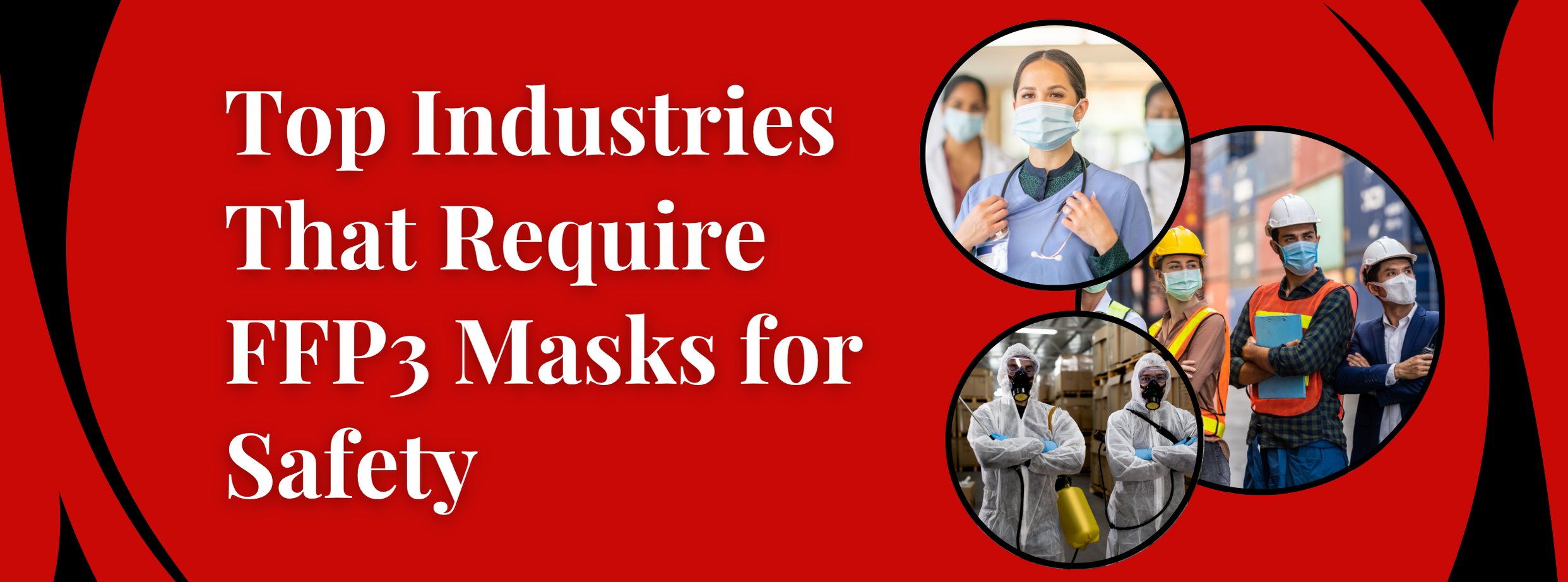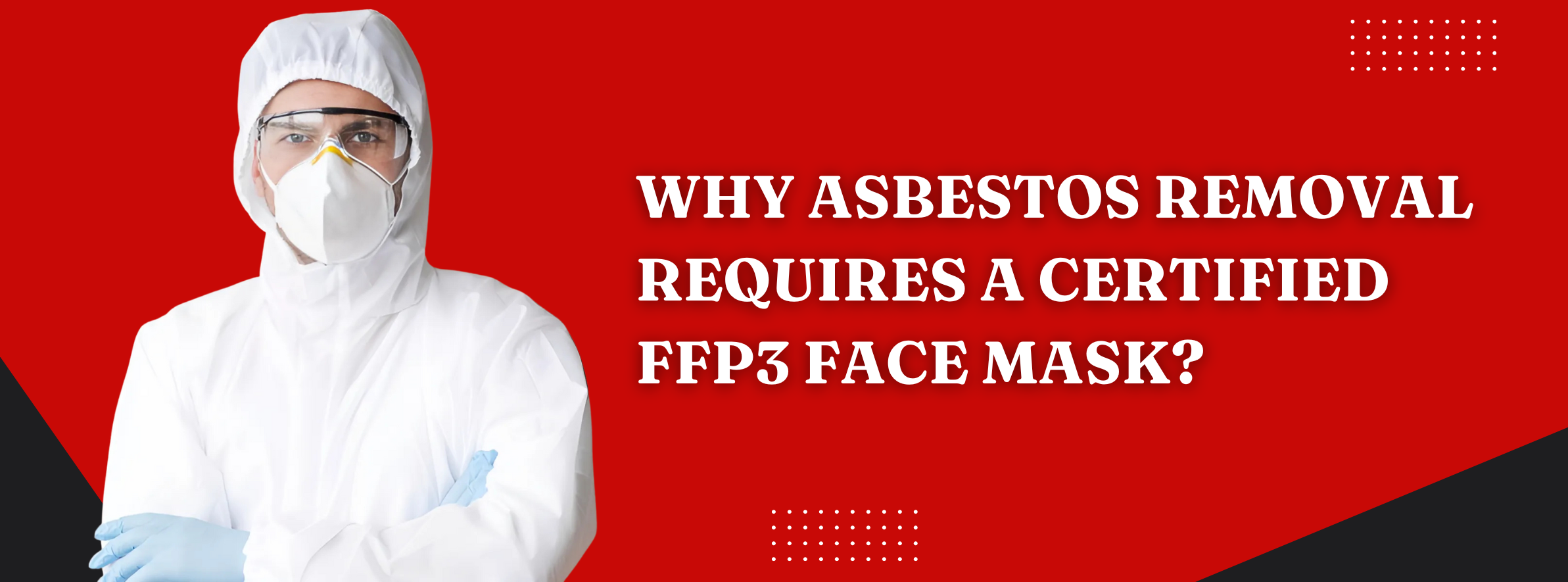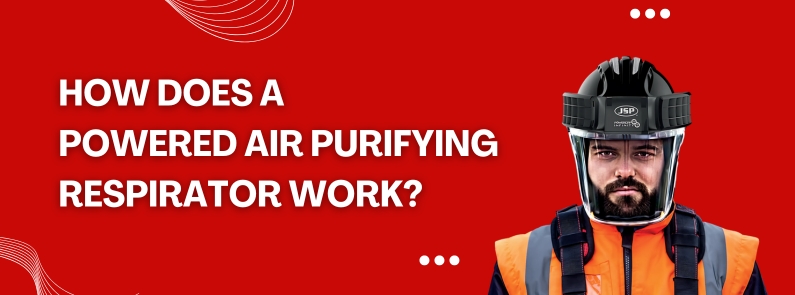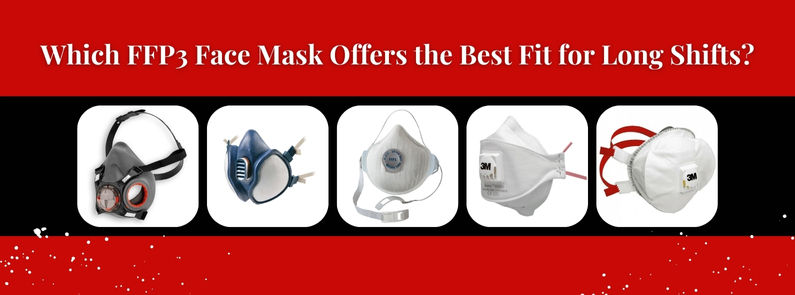
Welding is a dangerous occupation with high-risk potential. It can have a devastating impact both on the welder and others in the work environment. Turns out the incremental effects of the job-related activities such as exposure to toxic fumes, radiation, noise, fire, explosions, electric shock, etc. are not always apparent, hence the threat they represent is often ignored.
This is a big mistake as the seemingly trivial issues can compound over time and become life-threatening. The good news is that many of the hazards linked with the welding profession are preventable. The key is to understand the working conditions and ensure utmost safety is maintained during welding procedures by taking necessary precautions like donning a full or half face mask to mitigate the risk. Read on to learn more.
Protection against Radiation Exposure:
Welding processes emit ultraviolet (UV) light which is dangerous for the eyes as it can cause extreme discomfort, swelling, fluid excretion, retinal burning, and even temporary blindness. Overexposure to radiation can, in fact, lead to a permanent eye injury. It’s thus vital to always wear eye protection for defense against radiation.
Welding helmets and hand-held face shields crafted from plastic or fiberglass are effective in safeguarding the eyes. They also protect the head, face, ears, and neck from heat, debris, sparks, flying particles, and chemical burns. Likewise, safety glasses with the right lens provide good visibility and sufficient protection during welding.
Safety from Electric Shock:
Most of the welding techniques depend on electric power therefore any breakdown in the insulation can pose a grave danger at the workplace. Electrocution to the human body can cause serious injury and even prove fatal through direct shock or a fall from an elevation as a consequence of it. The risk of electric shock can be minimized by adopting these simple precautions:
- Wear dry gloves and rubber-soled boots when welding
- Ensure the welding cables and electrode holders are in good condition.
- Make sure to use the lockout procedure when performing repairs.
- Only a qualified electrician should repair welding equipment.
- Refrain from touching the metal parts of the electrode holder with skin or wet clothing.
Dangers of Inhaling Gases & Toxic Fumes:
Inhaling fumes and gases generated from the welding processes which are a blend of various metals can lead to serious repercussions. While air testing is used to establish that fume exposures are safe and within regulatory limits, it should not be taken at face value. The nose reportedly filters most of the fumes and dust created by welding machines, but some of the fine particles manage to pass into the lungs. Constant ingestion of toxic gases can trigger a range of medical issues like respiratory problems, pneumonia, asthma, speech impairment, and even cancer. Some simple steps to counter the problem include:
- Keep the head out of the welding fumes.
- Use mechanical ventilation to dissipate the smoke and fumes away from the face.
- Weld-on clean metal and grind away the coatings because on burning they create foul smell and offensive gases.
- Wear a respirator device like a dust mask to protect the lungs.
Protect Hearing from Peak Noise Levels:
Welding activities like guillotining, hammering and grinding metal can generate a loud and jarring noise at the job site. Consistent exposure to noise above the peak level can harm the auditory nerve cells and sometimes impair hearing permanently. It may sound bizarre but even the fumes inhaled during the procedure can affect audio-nerve cells adversely. To lower the noise levels and protect hearing, welders must wear earplugs or earmuffs.
Threat of Fires and Explosions:
Extreme temperatures spurred by welding undertakings can spew molten metals, hot spatters, flickers and sparks up to a distance of 35 feet. The flying particles may ignite flammable and combustible materials on contact resulting in flash fires or explosions causing grievous injuries and severe burns to the personnel.
Coming to precautions, care must be taken to stay out of harm’s way by ascertaining that no ignitable and explosive substances are lying around. Also, a mechanism should be in place to restrain and contain the ejections. In addition, welders must protect their body from being hit by slag and sparks by wearing sturdy, fire-proof clothing such as leather aprons, jackets, leather boots, chaps, flame-resistant gloves, etc.
Bottom Line:
Clearly, welding activities are fraught with risks that can inflict substantial bodily harm. It is therefore important for operators to anticipate the occupational hazards and try to minimize their impact by using common sense, following appropriate safety practices and wearing protective gear like a full face mask. Welders must recognize that their future health hinges on taking precautionary action today.





